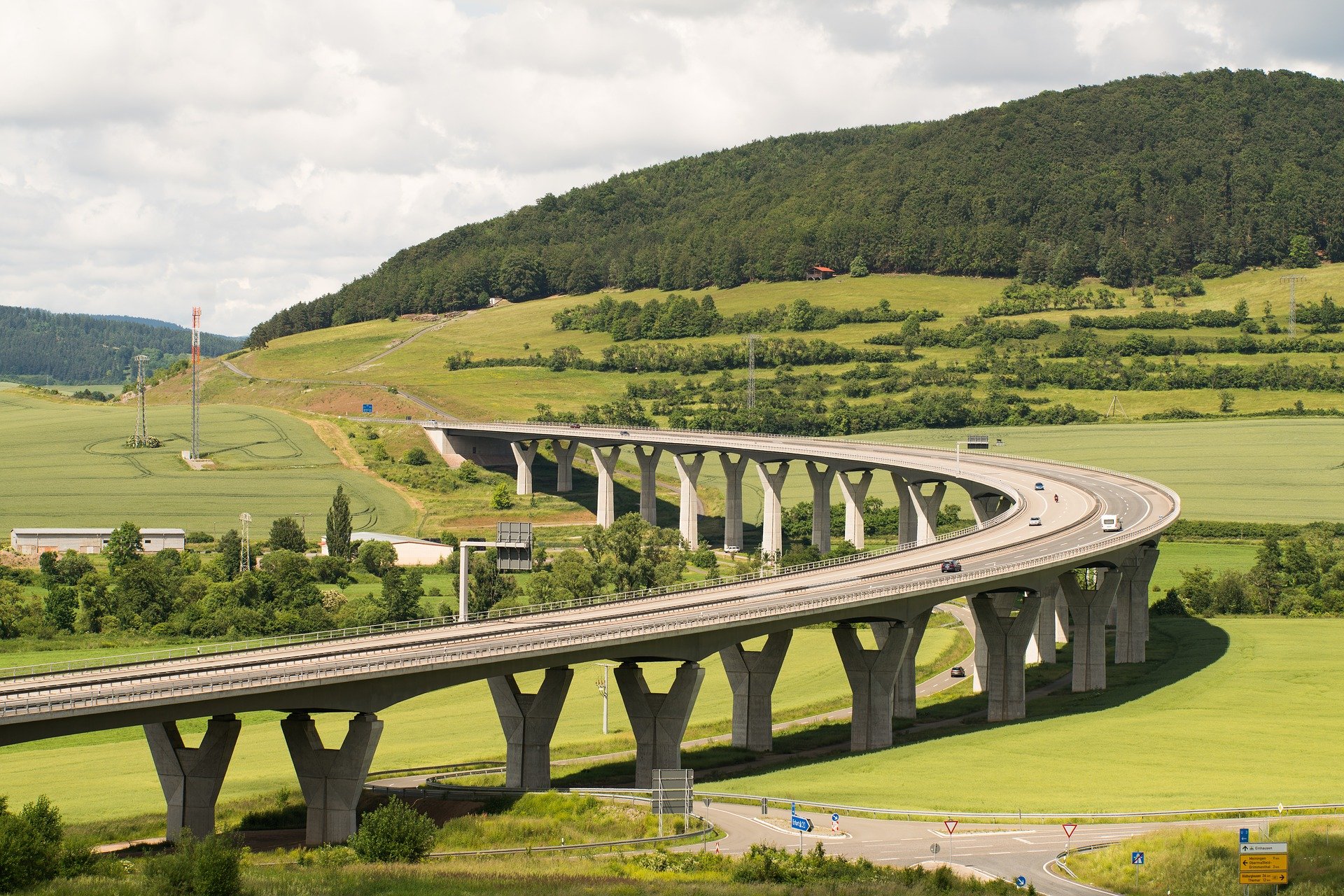 These days the word infrastructure can mean different things to different people. Merriam-Webster defines the noun as “the basic physical and organizational structures and facilities (e.g., buildings, roads, and power supplies) needed for the operation of a society or enterprise.”
These days the word infrastructure can mean different things to different people. Merriam-Webster defines the noun as “the basic physical and organizational structures and facilities (e.g., buildings, roads, and power supplies) needed for the operation of a society or enterprise.”
But the rise of the Internet of Things (IoT), Industrial Internet of Things (IIoT), analytics, artificial intelligence, and data science have helped usher in a “digital infrastructure” that is now entrenched as the norm.
Companies are architecting their data management to capture, store, move, and secure business information. These architectures also give companies rapid access to data from their infrastructures to realize the kind of value that can give them the edge they need.
For those of us in the steel and composite industries, infrastructure means something a bit more solid. Instead of electronic highways, we think about the number of trips people continue to take over bridges that are structurally deficient. Almost four in 10 of the 614,387 bridges in the U.S. are more than 50 years old.
Waterfront infrastructure is also gaining renewed attention. The U.S. has 25,000 miles of inland waterways and 239 locks that form the freight network’s “highway.” Ports are essential to the nation’s competitiveness juggling approximately $4.6 trillion in economic activity.
So what’s ahead for infrastructure on land and water? This month, Rep. Peter DeFazio takes the helm of the Transportation and Infrastructure Committee. He wants the White House to back significant additional federal funds to rebuild the nation’s crumbling infrastructure. He sees raising the gas tax as one way to help pay for the work. However, the cost for infrastructure projects is likely to increase in response to pressure from the Trump administration’s steel tariffs, a bullish economy and tight labor market.
Fiber reinforced polymer (FRP) composites on the other hand are becoming more economical. The material will play a key role in the infrastructure market. Despite a divided US Congress many feel this will be the year that federal funding is secured to begin the rebuilding process. We’re also likely to see some version of the IMAGINE Act. You can read more about the Act and what it means to the future of infrastructure and composites by clicking here.
Wind energy and personal air mobility are two other markets in 2019 that are expected to see increased activity for FRP composites. Following flat years in 2017 and 2018, the Global Wind Energy Council forecasts record growth in 2019 and 2020. While we may not see “flying taxi” services in 2019, a number of manufacturers are looking at test platforms. Companies like Airbus, Rolls Royce and Volocopter are rolling out early prototypes. Composites will be tapped to help keep weight down.
At Composite Advantage, we’ll be spending the majority of our time on waterfront infrastructure products like fender protection pilings. And we have some Navy camel projects slated. We also continue to bring new innovations to pedestrian bridges and support movable structures with vehicle bridge work. We’re excited to see what else the new year brings especially with our new partner companies in the Creative Composites Group.

